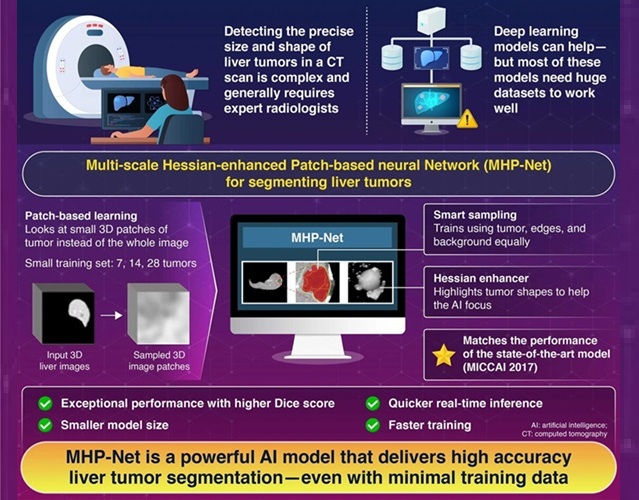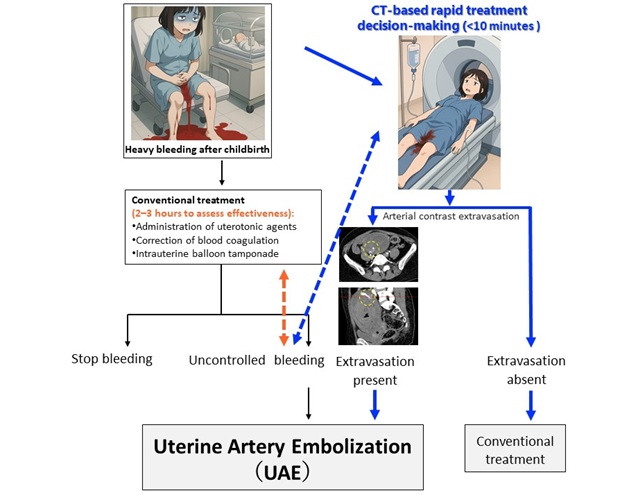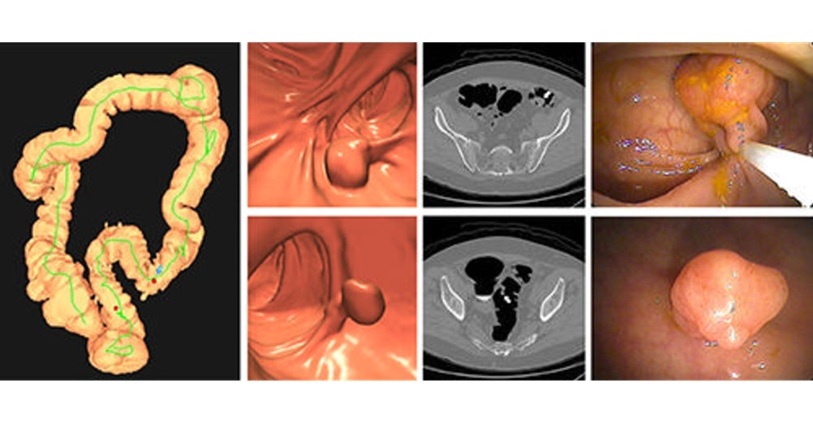Extending CT Imaging Detects Hidden Blood Clots in Stroke Patients
Posted on 08 Sep 2025
Strokes caused by blood clots or other mechanisms that obstruct blood flow in the brain account for about 85% of all strokes. Determining where a clot originates is crucial, since it guides safe and effective treatment to prevent recurrence. However, many strokes are still classified as having undetermined causes. Now, a groundbreaking clinical trial has shown that extending imaging to include the heart can significantly improve the detection of hidden clots in stroke patients.
In the clinical trial led by London Health Sciences Center Research Institute (LHSCRI, London, ON, Canada) and Western University’s Schulich School of Medicine & Dentistry (London, ON, Canada), researchers evaluated whether computed tomography (CT) scans expanded to image the heart and aorta could improve the diagnosis of strokes with unknown causes. The goal was to identify clots that might otherwise be missed during standard imaging, enabling more precise and tailored treatment strategies.

The study included 465 patients admitted with acute stroke or transient ischemic attack. Results showed that extended CT scanning increased clot detection in the heart by 500 percent compared to standard practice, without delaying emergency imaging. The results, published in The Lancet Neurology, revealed that the new approach identified one clot for every 14 patients scanned, preventing many cases from being misclassified as strokes of undetermined cause.
This new diagnostic pathway could enhance stroke care by ensuring more patients receive treatment suited to the true origin of their clot, such as prescribing blood thinners when clots arise from the heart. By clarifying stroke mechanisms early, doctors can prevent further episodes and improve long-term outcomes. The findings highlight a scalable, rapid imaging adjustment that could be adopted in hospitals to transform stroke diagnosis worldwide.
Related Links:
LHSCRI
Western University’s Schulich School of Medicine & Dentistry










 Guided Devices.jpg)



